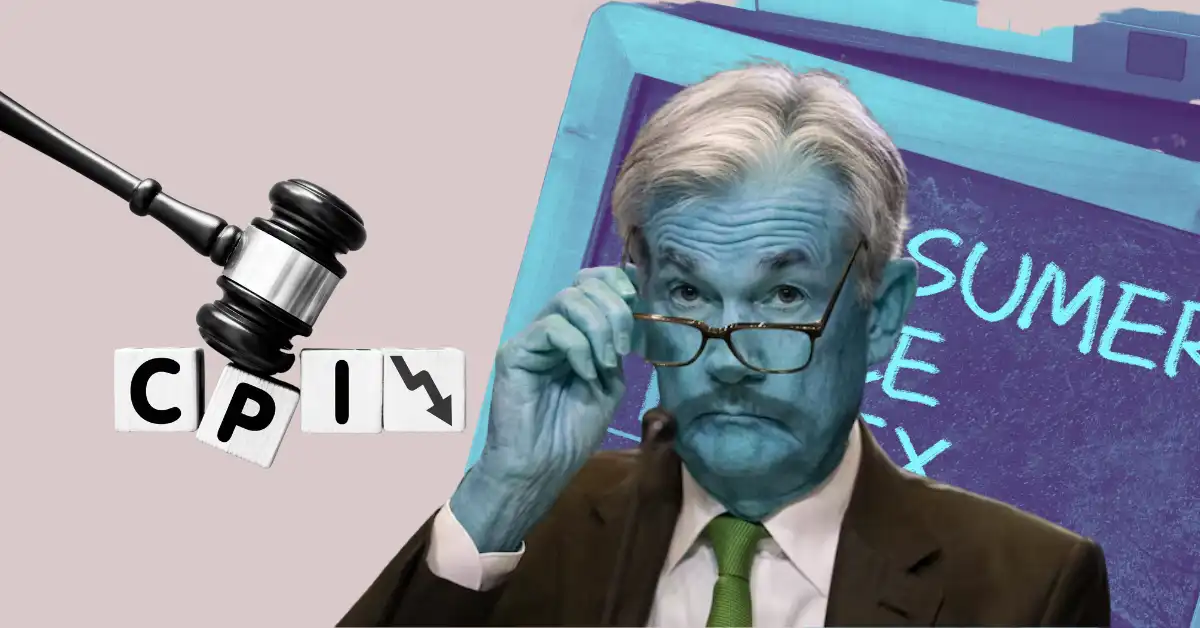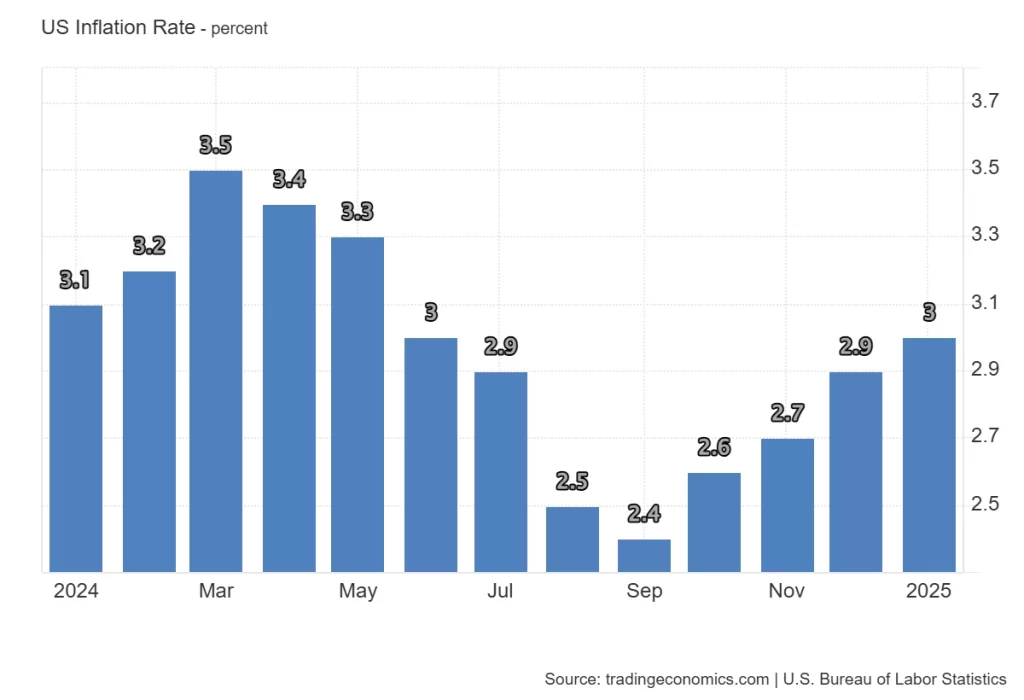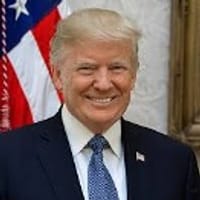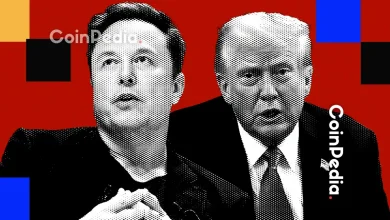
The US anticipates February 2025's inflation report, with predictions of slight declines in both headline and core inflation.
Market optimism is high, with traders predicting a 2.9% headline CPI, and the report will be the first to reflect the impact of recent US trade tariffs.
Decreasing inflation could lead to Fed easing and boost crypto, while trade policy uncertainties may cause volatility.
The US market is on edge as it awaits the second inflation report of 2025, set to be released today. Analysts predict a slight drop in both headline and core inflation—a shift that, if confirmed, would mark the first decline in both indicators since July 2024.
Why does this matter? Inflation trends play a huge role in shaping market sentiment, interest rates, and even cryptocurrency movements. With the Federal Reserve’s next steps hanging in the balance and Trump’s aggressive trade policies adding uncertainty, today’s report could set the tone for the months ahead.
Will inflation finally cool down, or will the numbers deliver an unexpected shock? Investors are watching closely. Here’s what to expect.
Inflation Trends: What to Expect
In January 2025, the core inflation rate rose from 3.2% to 3.3%. Market consensus now suggests it will drop back to 3.2% in February, while TEForecast predicts a sharper decline to 3.1%.

The overall US inflation rate also increased in January, moving from 2.9% to 3%. However, analysts expect it to ease back to 2.9% in February.

If these forecasts hold, it will be the first time both inflation indicators have fallen together since July 2024, when core inflation dipped from 3.3% to 3.2% and overall inflation from 3% to 2.9%.
Understanding Inflation Patterns
Since September 2024, inflation has been rising steadily. The core rate climbed from 3.2% to 3.3% that month and stayed at that level for two months before slipping back to 3.2% in December.
Markets are hopeful that inflation will finally ease. Kalshi traders, who have accurately predicted 6 of the last 8 CPI figures, expect headline CPI to drop to 2.9%. If correct, this could further strengthen market confidence.
Trump’s Trade Policies Put to the Test
US President Donald Trump


Today’s inflation report will be the first to show how Trump’s trade measures are affecting inflation, making it a crucial economic indicator.
What It Means for Crypto Markets
If inflation drops as expected, it could impact the cryptocurrency market in several ways. Lower inflation increases the chances of the Federal Reserve loosening monetary policy, potentially leading to lower interest rates. This would create a more favorable environment for risk assets like cryptocurrencies, boosting investor sentiment.
However, uncertainty remains. Trump’s trade policies could cause market volatility, as economic instability often pushes investors toward safe-haven assets like gold. On the other hand, if inflation stays high, the Fed may keep monetary policy tight, putting pressure on both traditional and crypto markets.
If the numbers align with expectations, markets could breathe a sigh of relief—but a surprise twist could shake things up.
Never Miss a Beat in the Crypto World!
Stay ahead with breaking news, expert analysis, and real-time updates on the latest trends in Bitcoin, altcoins, DeFi, NFTs, and more.










